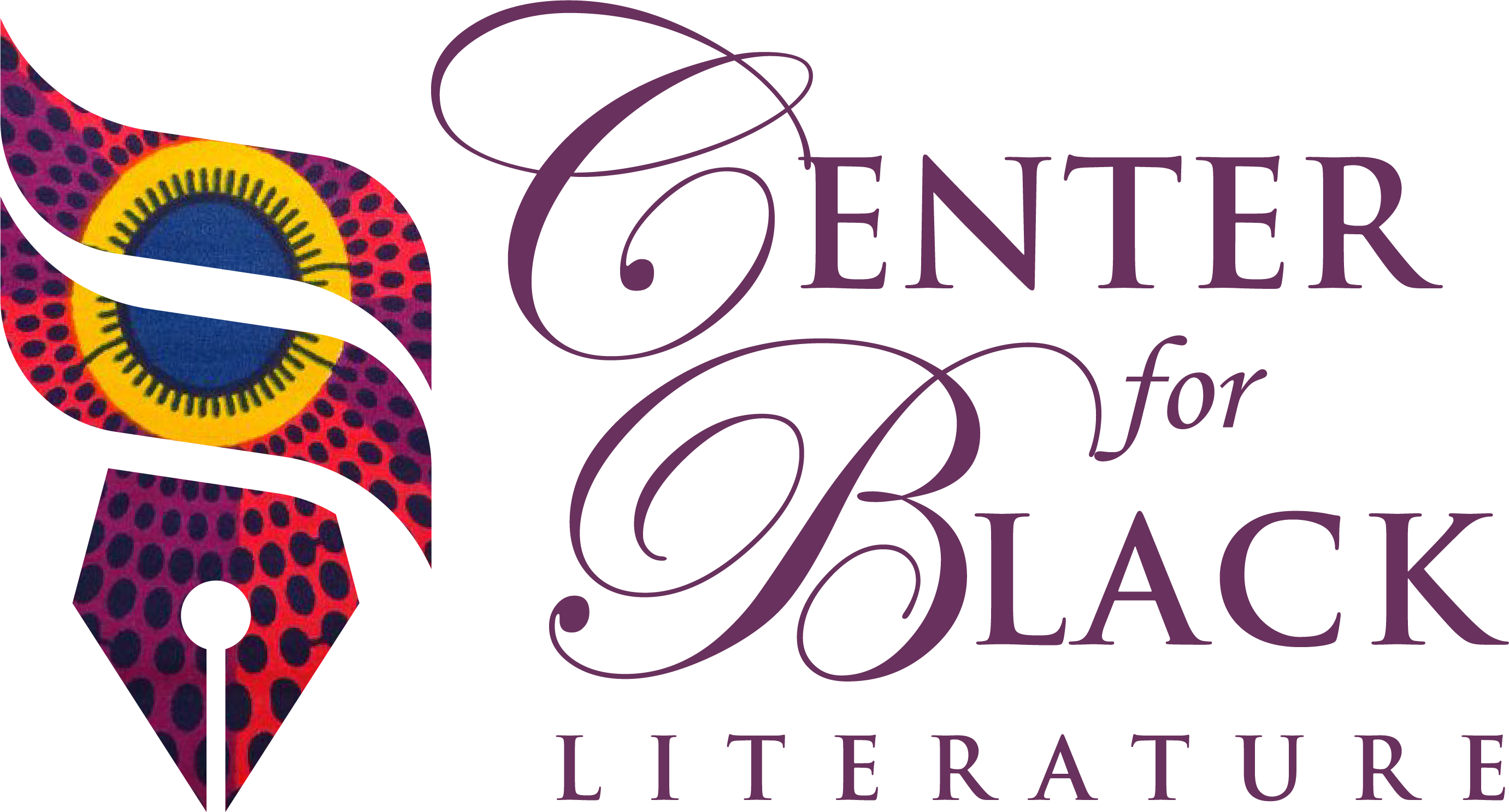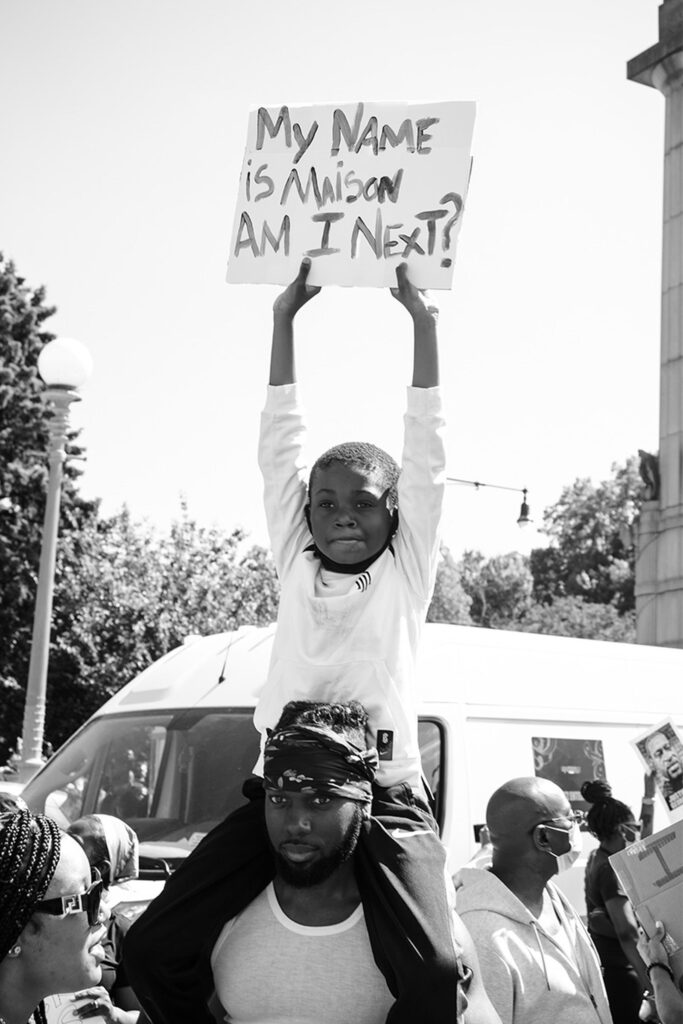By Cinnamon Barrington | Chris Cook is a Brooklyn-based artist born in East Flatbush and raised in Bedford Stuyvesant. He began working in photography roughly ten years ago. Photography compelled him to engage with others and learn their stories. As a child, he never had much interest in venturing outside or interacting with others. Growing up he was not exposed to much African American influence, such as Black-owned businesses, and he wanted to change that. Today, Bedford Stuyvesant has evolved with much more Black culture. Cook’s primary aim in photography is to capture the Black experience. As an African American male residing in the United States, he feels that our voices are not being heard.
I recently attended an event at Medgar Evers College at which Chris Cook was the guest speaker. He discussed his recent project, a series of photographs that he took in 2020 during the Black Lives Matter movement protests. The series is the subject of an exhibition in the Medgar Evers College Library. Most of his photographs displayed in the library are black and white. Cook clarified that he prefers to shoot in black-and-white film because he believes that film captures the essence of the story more effectively. Although he relishes shooting in color, he contends that the message would not be as well recognized by his viewers as it would be with film. He also mentioned that he does not edit his photos much after he captures them. His mindset is “here and now.” He wants to get the exposure at the exact moment the event is happening. The photos are more raw and realistic with minimal editing.
This event taught me so much about photography that I did not previously know. It is astounding to discover the significance of photographs. When I saw the photographs, each depicted a unique narrative. I felt like I was participating in the nonviolent demonstrations. I appreciated listening to him discuss how he uses photography to govern time. I also enjoyed hearing how he intends to leave a legacy for future generations to learn from. Cook desires to create a secure photography environment for African Americans in the community. When taking other people’s photos, Cook is careful to establish a connection with the individual. This helps him communicate with his audience. Particularly with portraits, he is always interested in getting to know the subject. It makes it easier for him to capture the ideal moment that tells their narrative.
The photographs on display in the library each have a unique backstory. A photograph that stood out to me was a black-and-white image of a father and son, the son carried by his father on his neck while brandishing a peace sign. This photo stood out to me not only because it represents the Black Lives Matter movement, but also because I felt as though the photo and I had a conversation. I gazed at the photograph for approximately ten minutes, and I simultaneously felt a sense of hope and serenity. In a sense, I felt that the father and son shared an essential connection and the father was teaching his son about the real world and to comprehend what it’s like to be a Black male growing up in the United States. It’s regrettable that it must happen like this but it’s in a tranquil form rather than finding out in such a negative circumstance. Through his photos, Cook wants future generations to comprehend the Black Lives Matter movement’s significance.
Going to this event during Black History Month not only taught me a lesson but granted me an opportunity to learn more about local Black artists in my community. I relished the occasion. It exposed me to the opportunity to challenge myself to learn a great deal more about what occurs around my school and how I can give back to the community through art. For Cook, it does not matter what camera he is using as long as he gets to capture history.
Photo Credit: Chris Cook

